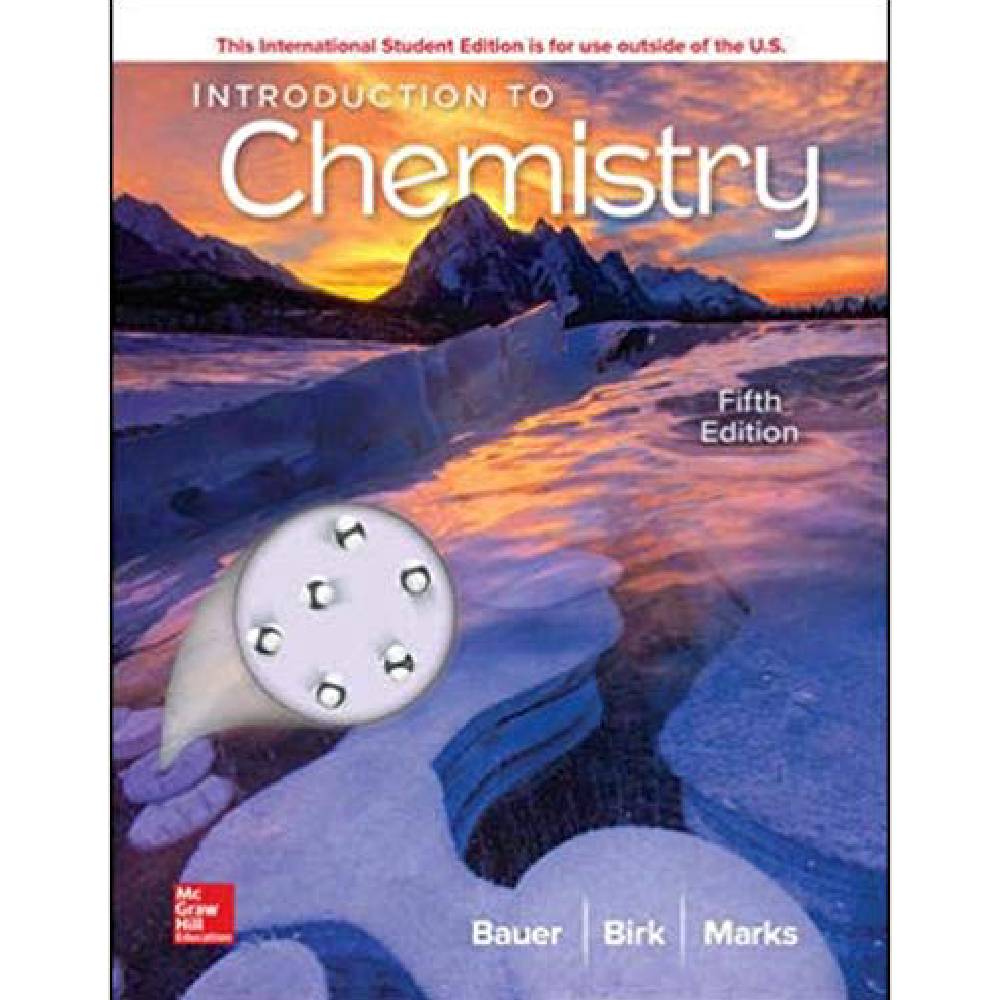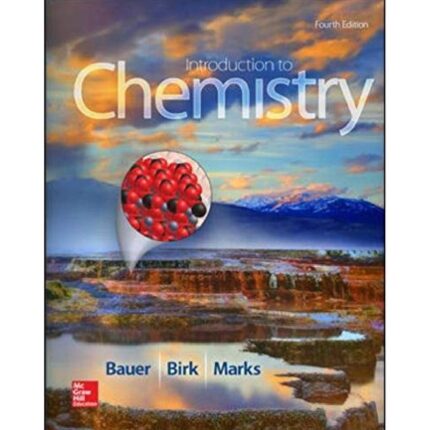Chapter 11 Solutions
1) Which of the following substances is a strong electrolyte?
A) CH3OH
B) C6H14
C) C6H12O6
D) LiCl
E) SO2
2) Which of the following substances is a strong electrolyte?
A) CH3CH2OH
B) C6H6
C) KOH
D) SO2
E) PCl3
3) Which of the following substances is a strong electrolyte?
A) CH3CH2OH
B) C8H18
C) LiOH
D) CO2
E) PCl5
4) Which of the following substances is a nonelectrolyte?
A) KMnO4
B) CH3CH2OH
C) NaOH
D) K2SO4
E) Na2H
5) Which of the following substances is a nonelectrolyte?
A) Na2SO4
B) CH3OH
C) KOH
D) LiNO3
E) RbCl
6) Which of the following substances is a nonelectrolyte?
A) NaNO3
B) LiOH
C) C6H12O6
D) LiCN
E) CsCl
7) What ions, atoms, or molecules are present after CH3CH2OH(I) mixes with water?
A) CH3CH2OH(aq) and H2O(l)
B) CH3CH2O–(aq), H+(aq), and H2O(l)
C) CH3CH2O–(aq), and H3O+(aq)
D) 2C(aq), 6H(aq), and H2O2(l)
E) CH3+(aq), CH2O–(aq), H+(aq), and H2O(l)
8) What ions, atoms, or molecules (in addition to the water molecules) are present after Na2SO4(s) mixes with water?
A) Na2SO4(l)
B) Na2SO4(ag)
C) Na+(aq) + NaSO4–(aq)
D) Na2SO32+(aq) + O2–(aq)
E) 2Na+(aq) + SO42–(aq)
9) What ions, atoms, or molecules (in addition to the water molecules) are present after HNO3(l) mixes with water?
A) HNO3(l)
B) HNO3(aq)
C) H+(aq) + NO3–(aq)
D) H(aq) + NO3(aq)
E) H(aq) + N(aq) + 3O(aq)













Reviews
There are no reviews yet.